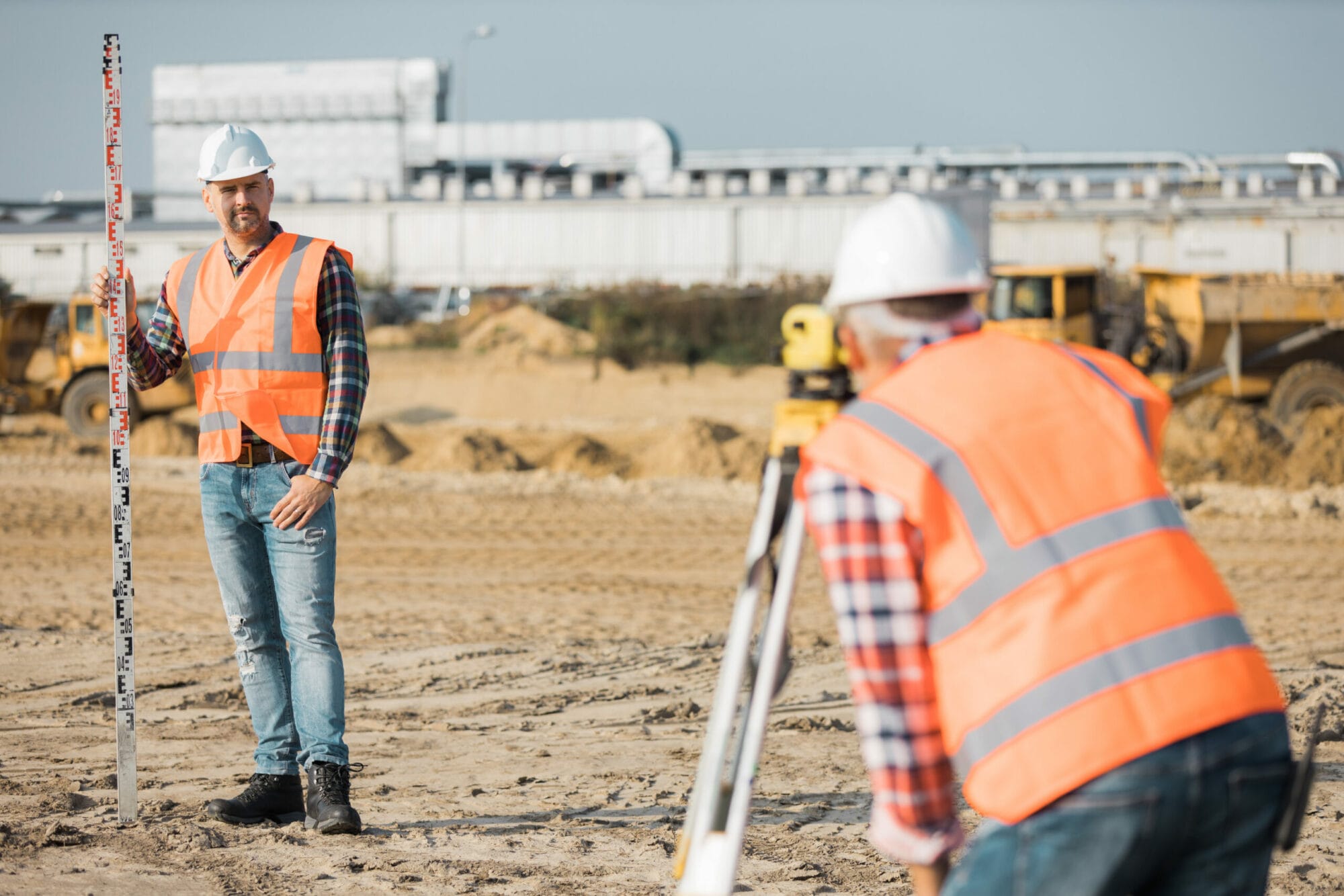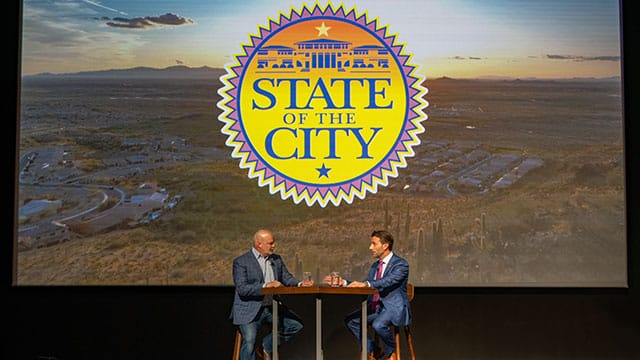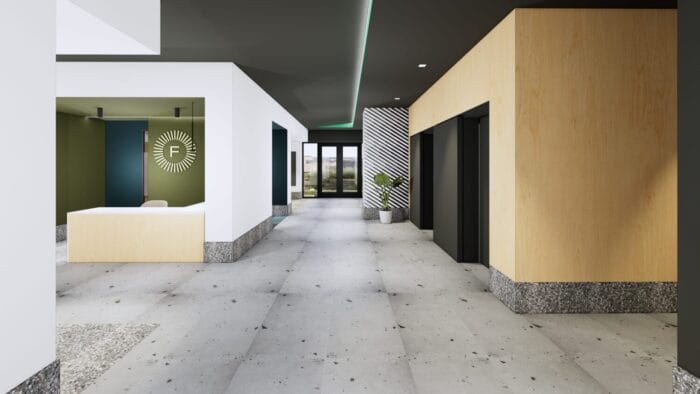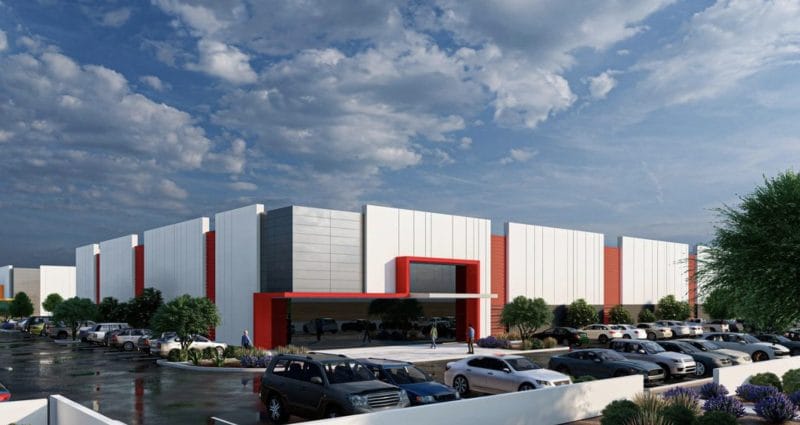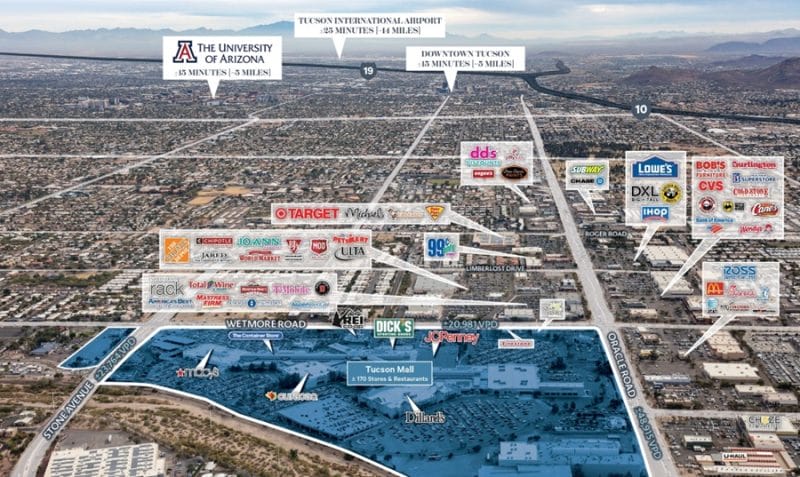By Christian Britschgi | Reason
At the end of 2021, John Morse hoped he could breathe a well-earned sigh of relief.
It had been two tough years. The pandemic had pushed Celebrations—the wedding venue he and his wife Laurie had owned and operated for two decades in rural Caroline, New York—to the brink of ruin. But with public health restrictions disappearing and with brides and grooms planning nuptials once again, the Morses were ready to resume business.
“We have a beautiful piece of property. But we’re not a castle on the lake with marble columns,” he says. “There [are] wedding venues out there that are booked three, four years in advance. That’s not us. We’ve always had to work hard for the business that we have.”
Morse hoped that 2022 would be a normal, relatively drama-free year. That hope was dashed in November, when a little blue postcard arrived in the mail. Caroline’s zoning commission was inviting him to an informational meeting on its draft zoning code.
The card took Morse by surprise. He wasn’t aware that the town had a zoning commission. Caroline, after all, had no zoning code.
That makes it an extreme outlier in the United States.
Almost every other community in the country has a code that assigns each property in town to a zoning district and then lays out a long list of rules describing the kinds of buildings and activities allowed (or not allowed) there.

